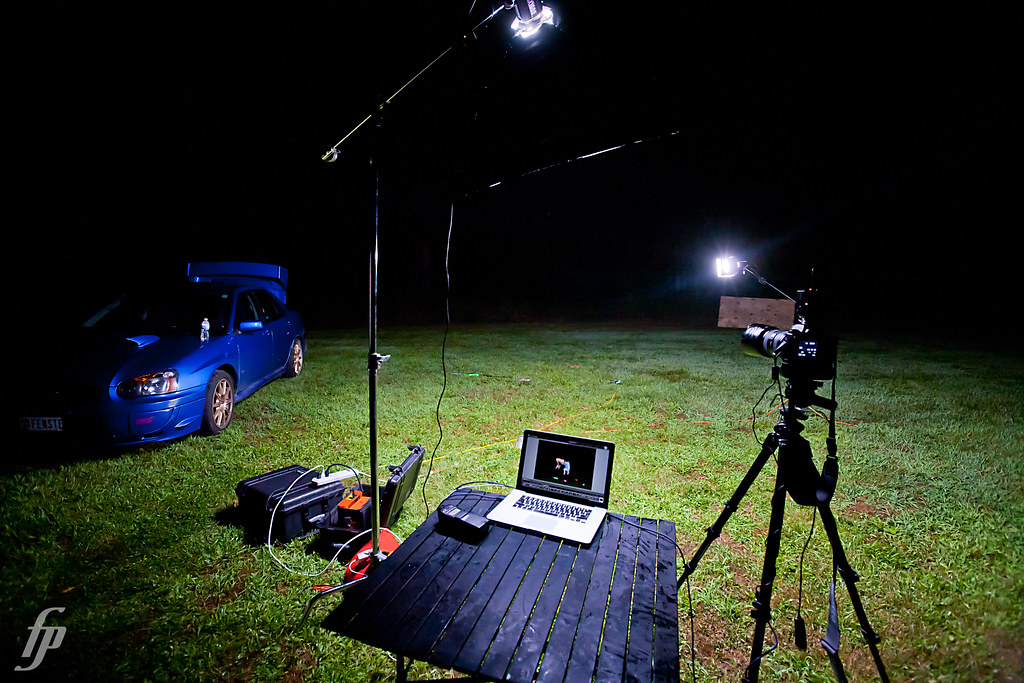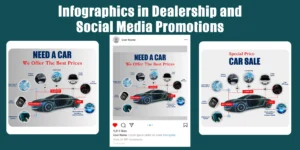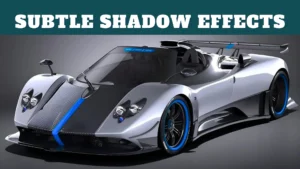Car photography lighting setup plays a crucial role in capturing stunning images that showcase the beauty and details of automobiles. The right lighting setup can transform a simple car photograph into a captivating piece of art, highlighting the curves, lines, and textures of the vehicle in the most flattering way.
However, achieving the perfect lighting for car photography can be a challenging task, as cars present unique challenges due to their reflective surfaces and intricate details.
One of the significant problems that car photographers face is dealing with reflections and glare on the car’s surface. The glossy finish of automobiles tends to reflect surrounding objects, including the photographer, equipment, and even the environment. These reflections can obscure the car’s details, making the image less appealing and professional-looking.
Additionally, capturing the perfect balance of light and shadow is essential to bring out the car’s shape and features. Without proper lighting, the image may appear flat and lack depth, failing to showcase the car’s true beauty.
Car photography lighting setup addresses these challenges by providing techniques and tools to control and manipulate light effectively. From using diffusers and reflectors to soften harsh light and reduce reflections, to strategically placing lights to create interesting shadows and highlights, photographers have a range of options to enhance the visual impact of their car photographs.
By mastering the art of lighting, photographers can capture the essence of a car, highlighting its unique design elements and creating images that leave a lasting impression.
Table of Contents
ToggleHow to Set Up Car Photography Lights: A Step-by-Step Guide
Car photography lighting setup is crucial to capture stunning images of automobiles. Whether you’re a professional photographer or a car enthusiast, understanding the process of setting up car photography lights can greatly enhance the visual appeal of your shots. In this article, we will provide a step-by-step guide to help you achieve the perfect car lighting setup.
Definition: Car Photography Lighting Setup
Car photography lighting setup refers to the arrangement and positioning of lights specifically designed for capturing high-quality photographs of automobiles. It involves strategically placing various lighting sources to highlight the car’s features, enhance its contours, and create a visually appealing image.
Advantages of Proper Car Photography Lighting Setup
A well-executed car photography lighting setup offers several advantages:
- Highlighting the Car’s Details: By positioning the lights correctly, you can accentuate the car’s curves, lines, and other defining features. This helps in creating a visually striking image that captures the essence of the automobile.
- Enhancing Colors and Reflections: Proper lighting setup allows you to bring out the true colors of the car and enhance reflections, giving the image a glossy and polished look.
- Minimizing Shadows and Glare: With careful positioning of lights, you can effectively reduce unwanted shadows and minimize glare, ensuring a clear and well-balanced photograph.
- Creating Depth and Dimension: By using different lighting techniques, such as sidelighting or backlighting, you can add depth and dimension to the car, making it stand out in the photograph.
- Setting the Mood: The right lighting setup allows you to create different moods and atmospheres in your car photographs. Whether you want a dramatic, moody shot or a bright and vibrant image, proper lighting techniques can help you achieve the desired effect.
By understanding the importance of car photography lighting setup and following a systematic approach, you can significantly improve the quality of your car photographs. So, let’s dive into the step-by-step guide on how to set up car photography lights.
What are the ideal camera settings for car photography?
When it comes to capturing stunning car photographs, having the right camera settings is essential. Whether you are a professional photographer or an enthusiast looking to take impressive car shots, understanding the ideal camera settings can greatly enhance your results.
In this article, we will explore the recommended camera settings for car photography, helping you achieve outstanding images of these powerful vehicles.
The three key camera settings to consider for car photography are aperture, shutter speed, and ISO. The aperture controls the depth of field, allowing you to create a sharp focus on the car while blurring the background.
For car photography, it is advisable to use a wider aperture (lower f-number) such as f/2.8 or f/4 to achieve a shallow depth of field and make the car stand out.
Next, the shutter speed determines how long the camera’s sensor is exposed to light. To capture moving cars without any blur, it is recommended to use a fast shutter speed, typically around 1/500th of a second or faster. This will freeze the motion of the car and ensure every detail is captured crisply.
Lastly, the ISO setting controls the camera’s sensitivity to light. For car photography, it is generally best to use a lower ISO setting, such as ISO 100 or 200, to minimize noise and maintain image quality.
However, in low-light situations, you may need to increase the ISO to achieve a proper exposure, but be cautious as higher ISO values can introduce graininess.
By adjusting these three camera settings – aperture, shutter speed, and ISO – you can effectively capture stunning car photographs. Experiment with different combinations to find the perfect settings for your specific shooting conditions and desired aesthetic.
With practice, you’ll be able to master the art of car photography and create breathtaking images that showcase the beauty and power of these impressive vehicles.
What is the ideal shutter speed for car photography?
When it comes to car photography, having the right shutter speed is crucial in capturing stunning images. But how do you determine the ideal shutter speed to use? In this article, we will explore the factors to consider and provide you with insights on choosing the perfect shutter speed for car photography.
Shutter speed refers to the length of time the camera’s shutter remains open, allowing light to enter and hit the camera’s sensor. In car photography, the shutter speed affects how motion is captured.
If you want to freeze the action and capture a sharp image of a moving car, you would need a faster shutter speed. On the other hand, if you want to convey a sense of speed and motion blur, a slower shutter speed would be more suitable.
When determining the ideal shutter speed for car photography, keep in mind the speed of the car, the lighting conditions, and the effect you want to achieve. Generally, a shutter speed of around 1/250th of a second is a good starting point for capturing sharp images of cars in motion.
However, if you are shooting in low light conditions or want to capture long streaks of light from moving cars, you may need to use a slower shutter speed, such as 1/30th of a second or even longer.
Experimenting with different shutter speeds can help you achieve different creative effects in your car photography. Remember to also consider using a tripod or image stabilization technology to avoid camera shake when using slower shutter speeds.
By understanding how shutter speed affects car photography, you can take your automotive images to the next level and capture breathtaking shots of cars in motion.
What is the optimal angle for car photography?
When it comes to capturing stunning car photographs, finding the perfect angle can make all the difference. But what exactly is the best angle for car photography? Let’s dive in and explore the optimal angle that can help you achieve incredible results.
The optimal angle for car photography largely depends on the desired outcome and the specific details you want to highlight. However, there are a few key angles that are commonly used and have proven to be effective in showcasing the beauty and features of a car.
1. Front Angle: Photographing the car from the front helps to emphasize the car’s design and grille, giving it a powerful and dynamic look. This angle is particularly useful when capturing sports cars or cars with distinctive front-end features.
2. Side Angle: The side angle is a classic choice for car photography as it allows you to showcase the car’s sleek lines and overall shape. This angle is great for highlighting the car’s profile and capturing its elegance and style.
3. Rear Angle: Photographing the car from the rear can be an excellent choice to emphasize the car’s rear design, tail lights, and exhaust system. This angle is often used to capture the car’s aggressiveness and performance-oriented features.
4. Low Angle: Taking photographs from a low angle can add drama and impact to your car shots. It allows you to capture the car from a unique perspective, emphasizing its presence and creating a sense of power and dominance.
5. Detail Shots: In addition to the overall angles, focusing on specific details can enhance the visual appeal of your car photographs. Capturing close-up shots of the car’s wheels, headlights, or interior features can help showcase the car’s craftsmanship and attention to detail.
Ultimately, the best angle for car photography will depend on the car itself, the desired outcome, and your personal style as a photographer. Experimenting with various angles and perspectives can lead to unique and captivating shots that truly showcase the beauty and essence of the car.
What is the optimal lighting setup for capturing stunning car photography?
A car photography lighting setup refers to the arrangement and configuration of lighting equipment used to capture high-quality photographs of cars. It involves strategically positioning and adjusting various light sources to enhance the appearance of the vehicle and bring out its unique features.
The advantage of a well-planned car photography lighting setup is that it allows photographers to control the intensity, direction, and color of light, resulting in visually appealing and professionally polished images.
By using specific lighting techniques, such as using softboxes or diffusers to create soft and even lighting, or employing reflectors to fill in shadows, photographers can highlight the contours, lines, and textures of the car, making it look more dynamic and visually captivating.
What is the best lighting setup for car photography?
Car photography lighting setup refers to the arrangement of lights used to capture stunning photographs of cars. It plays a crucial role in highlighting the car’s features, creating depth, and enhancing the overall appeal of the image. A well-planned lighting setup can make a significant difference in the final result of car photography.
There are various advantages of having a proper car photography lighting setup. Firstly, it helps to eliminate unwanted shadows and reflections, ensuring that the car is evenly illuminated. This allows the viewer to see all the details and contours of the vehicle clearly.
Secondly, a well-designed lighting setup can help create a dynamic and dramatic effect, adding depth and dimension to the image. Lastly, it allows the photographer to control the direction and intensity of light, highlighting specific areas of the car or creating a desired mood.
What is the ideal car photography lighting setup for a professional studio?
A car photography lighting setup refers to the specific arrangement of lighting equipment and techniques used in a professional studio to capture stunning photographs of automobiles. It is crucial to have an optimized lighting setup to showcase the car’s features, highlight its curves, and create a visually appealing image that stands out.
The advantage of having a well-planned car photography lighting setup is that it allows photographers to control the lighting conditions and bring out the desired details of the vehicle.
By strategically positioning various light sources, such as softboxes, strobes, or reflectors, photographers can eliminate unwanted shadows, reduce reflections, and evenly illuminate the car’s exterior and interior.
What is the best car photography lighting setup for creating mesmerizing light paintings?
Car light painting is a technique in car photography that involves using various lighting techniques to create stunning visual effects. This involves illuminating the car with different light sources while capturing a long exposure photograph. The result is a mesmerizing image where the car appears to be surrounded by streaks of light, creating a sense of motion and energy.
Having the right car photography lighting setup is crucial for achieving impressive light paintings. This typically involves using a combination of light painting tools, such as handheld flashlights, LED light panels, or even professional-grade studio lighting equipment.
By strategically positioning and moving these light sources around the car during the long exposure, photographers can create captivating light trails that enhance the car’s shape and contours.
What is the technique of light painting photography and how can it be used to enhance car photography lighting setup?
Light painting photography is a unique technique that involves using various light sources to paint or draw in the air while capturing a long exposure photograph. By manipulating light in this way, photographers can create stunning and artistic images with vibrant colors and captivating patterns. This technique is often employed to add an extra element of creativity and visual interest to car photography lighting setups.
When it comes to car photography lighting setups, light painting offers several advantages. Firstly, it allows photographers to highlight specific areas of the car by selectively illuminating them with handheld light sources. This helps to enhance the car’s design features and create a more dynamic and eye-catching image.
Additionally, light painting can be used to add dramatic lighting effects, such as creating light streaks or reflections, which can further enhance the overall composition of the photograph.
By utilizing the technique of light painting, photographers can elevate their car photography lighting setups to a whole new level, resulting in visually stunning and impactful images.
SECRETS to Shooting CAR PHOTOGRAPHY Like a PRO – You gotta see these results!
In conclusion, a car photography lighting setup is essential for capturing stunning and professional-looking images of automobiles. The right lighting equipment can greatly enhance the visual appeal of the car, highlighting its features and creating a captivating image.
By using a combination of ambient, natural, and artificial lighting, photographers can achieve optimal lighting conditions that bring out the best in the vehicle. Whether it’s for showcasing a car for sale, creating promotional materials, or simply capturing the beauty of automobiles, investing in a high-quality lighting setup is a wise choice for car photographers.
So, make sure to choose the right lighting equipment and techniques to capture the true essence and allure of any car in your photography.










